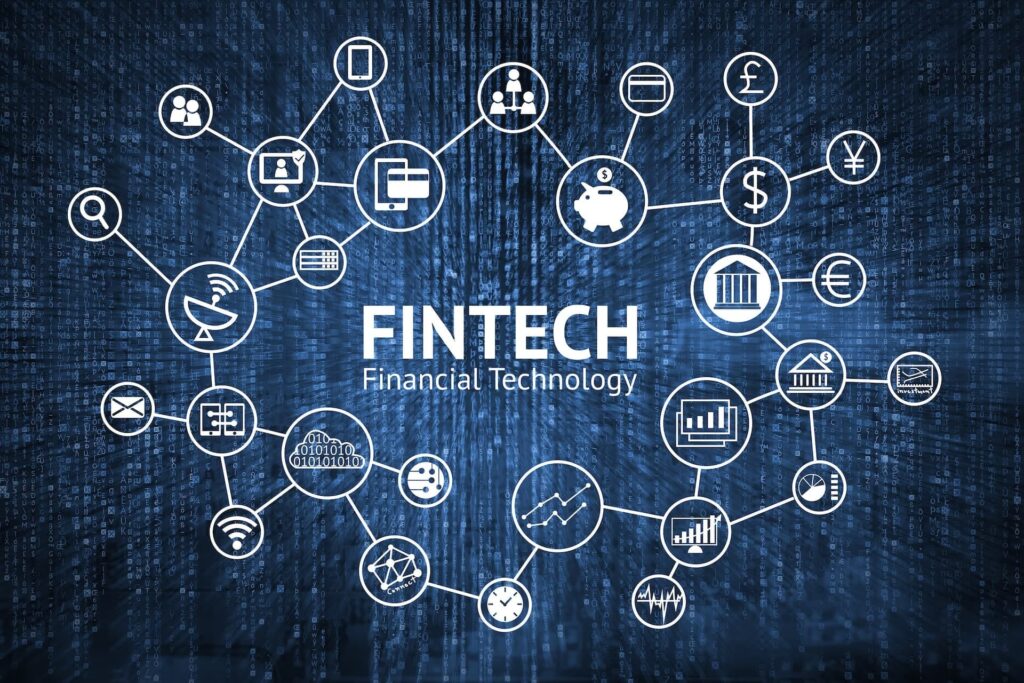We are in 2024, and the world has made significant technological advances. We want to explore the strategies for seamless integration of AI, blockchain, and fintech into banking operations. Thanks to these advancements, things we used to perform with tension can now be done with little or no stress.
Thanks to the advent of blockchain-powered digital finance technology apps, people in rural areas who previously had no access to financial services can now bank.
Furthermore, we live in an era where artificial intelligence can perform practically everything. Previously, it took hours for customer care staff to respond to client issues, but with AI, they can quickly deliver answers to consumer questions and more tailored customer service experiences.
In this article, I will explain the steps and strategies banking institutions can follow to integrate technologies like AI, blockchain, and fintech into their operations.
Top Strategies for seamless integration of AI, blockchain and fintech into banks’ operations
Here are some of the strategies for seamless integration for AI, blockchain, and fintech into banks’ operations:
1. Integrating AI into financial procedures
Automated customer service is one of the most common ways to apply AI to banking operations. This method not only improves customer service but also frees up human operators to work on more complex duties.
The application of AI in personalized customer service allows banks to give tailored solutions to customer challenges, such as loans, investment advice, or retirement plans, depending on accessible data.
With this personalized experience, banks will easily be able to offer services such as loans, investing suggestions, or retirement plans based on the data accessible to them.
This strategy also helps financial institutions easily identify scams and other fraud-related issues and flag them before they escalate.
Furthermore, AI machine learning models make it easy for banks to identify customers’ creditworthiness through indices like their spending habits, relationships with others, and other related information that will help decide if the customer is eligible for loans and overdrafts.
2. Incorporate blockchain in Banking Operations.
Blockchain is a technology that powers finance quickly, securely, and decentralized. Unlike traditional finance methods, blockchain is permissionless in that there is no central authority controlling it.
Because of this, transaction charges are super low and fast, encouraging global transactions. To incorporate blockchain into banking operations, operations like loan issuance, mortgages, and insurance premiums can be automated using smart contracts.
Smart contracts are written protocols programmed on a blockchain and run according to the agreed-upon terms, and a single individual can’t alter them.
ALSO READ: https://dxtalksmedia.com/usdt-vs-usdc-a-2024-deep-dive-to-stablecoins-comparison/
Another application for blockchain is to use it to authenticate consumers’ identities in a tamper-proof manner. This enables banks to accurately understand their consumers without leaving out any facts.
Furthermore, banks can use blockchain to tokenize tangible world assets like as real estate, collectibles, bonds, and so on, allowing consumers to possess assets incrementally.
3. Integrating Fintech in Banking Operations.
Fintech is now a part of banking operations worldwide. To integrate this fully, banks should use these platforms to introduce third-party services that enable customers to use different features on a single interface.
Banks can also work with fintech firms to provide more robust and efficient mobile on-the-go payment solutions for customers. Furthermore, AI-powered robo advisors can be introduced to offer investing advice, wealth-building methods, and portfolio management at a cheap cost. Banks can also include peer-to-peer platforms into their operations to enable loans between lenders and borrowers, eliminating the need for third-party middlemen.
4. Cross-Disciplinary Integration
Banks can take advantage of blockchain advancements by using decentralized finance solutions to provide low-interest blockchain borrowing, lending, and growth to improve their product offerings. Banks should also leverage AI blockchain analytics to check real-time transactions to catch fraud and discover scam transactions before they even happen.
Smart contract auditing also allows banks to audit smart contracts to ensure they are free from interference and external operators that could compromise security.
5. Security and Compliance
Banks can use blockchain to improve security by using registration technology powered by blockchain to report illicit activity. Also, cybersecurity measures through blockchain technology can help provide customers with data and information that, if compromised, can lead to loss of money and goodwill.
6. Improvement in Customer Experience
Thanks to Artificial Intelligence instruments such as chatbots, banks can improve customer education through extensive guides and relevant content so that clients can make sound financial choices. They can also leverage tokens and implement loyalty-based systems and promotional packages to ensure customer loyalty across several blockchain protocols.
Moreover, banks enhancing their activity could include fintech “SuperApps” elaborated by Web 3 developers. These apps would transform all banking, investing, insurance, and other financial actions into a single point, improving the lives of both customers and employees.
Conclusion
So here are the strategies for seamless integration of AI, Blockchain, and Fintech into banking operations to get more productivity. To make this a seamless experience, banks should collaborate with different tech partners, governments, and other stakeholders to ensure the process follows through the right ways to avoid legal issues with the regulators. Also, they should utilize a stage-by-stage implementation strategy to try to use these technologies to prevent operation downtime and loss of customers.
THIS ARTICLE WAS WRITTEN BY RUDY SHOUSHANY AND IT WAS FIRST PUBLISHED ON: https://www.bizpreneurme.com/strategies-for-seamless-integration-of-ai-blockchain-and-fintech-into-banking-operations/
